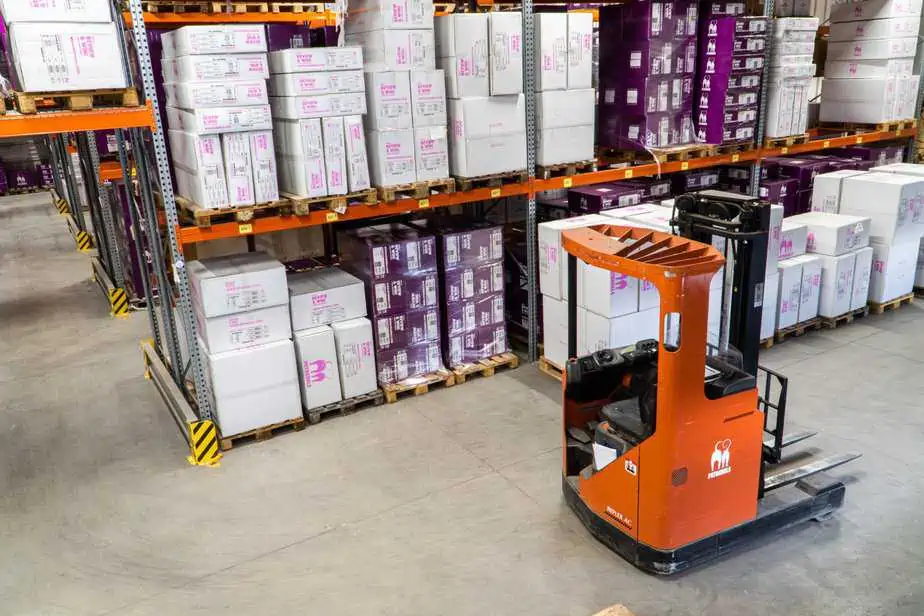Shipping is the transportation of products from one station to another, usually within a country and sometimes internationally. We have to follow steps in the shipping process of products. You can ship almost anything you want, can be a bulk of goods from a warehouse, a single gift for a friend, and even an animal. Shipping companies get a higher percentage of their customers from big businesses that hire them to ship in bulk all over the world.

Transporting goods within the country may not be a difficult task, but on an international scale, you need to follow a whole process to ship your product, no matter if you are a business owner or a regular person. Shipping process can be done in three ways, ground, air, and water. All three follow the same steps of shipping process, starting from export haulage, origin handling, export customs clearance, ocean freight, import customs clearance, destination handling, and import haulage.
7 steps of process for shipping
Before the shipping process, the shipper manufactures and packs the product. Every steps of shipping process has a cost, some of it is the shipper’s responsibility and some of the company’s.
Step 1: export haulage
This is the process of moving the shipment from the shipper’s residence or warehouse to the shipping company’s warehouse or shipping dock. This movement is done by cargo trucks and rails depending on the size of the shipment. Usually, the company suggests the type of transport—according to their convenience– but the shipper can also put his demands forward if he has any. Most companies do not pay for export haulage, so it is on the shipper. After the products reach the forwarder’s premises, these cargo trucks are unloaded, this process also is handled by the shipper.
Step 2: export custom clearance
This is a mandatory documentation step in which the cargo leaving the country has to be registered with the government authorities. Clearance is only granted to companies with an authentic custom license after they provide the authorities with the required documents.
The shipper and the forwarder are both eligible to apply for the clearance. If you as a shipper do not have enough experience in the shipping process, it is recommended for you to let the company handle it, or you can hire a customs house broker to work on the clearance process.
Step 3: origin handling
This process involves the inspection and loading of the shipment in the transportation vessel. Usually, the shipping company and exports department are in charge of this step, but if the company has a contract signed with the shipper then the shipper has to bear charges
Following the custom clearance, the products are unloaded from the cargo trucks and stored in a warehouse. The goods are then inspected to ensure their safety as they will be crossing international borders. After that, these goods are divided into categories based on similar destinations, every package is given a number that is later registered in the company’s data.
When the shipment containers arrive at the deck or the airplane lands at the airport. These goods are counted and carefully stacked in the containers. Each container is given a label and destination address.
Step 4: Ocean freight
Some shipments do not only take a single trip from the start directly to the destination. They have to cross sea areas of different countries, hence have to make stops for them to check for safety. They even have to change the transportation vessel in some cases. This process has a cost.
If a shipper owns a whole container in the vessel, they have to pay for the freight cost, but if you own products less than a container then you only have to pay a part of the price as it is divided among the other shippers.
Step 5: Import custom clearance
It is the import duty that needs to be paid to the destination country. The shipment needs to get clearance before it can cross the border. The shipping company or your house broker both can perform the clearance process if they own a valid license and authentic documents. The shipper should stay in contact with the clearance person to provide them with the required documents.
Step 6: destination handling
This process involves the unloading of the vessel at the destination dock. The list of the products and other documentation are sent to the managers at the receiving end, after they clear the terms, the vessel is allowed to unload. The shipment is kept in warehouses temporarily, where they are inspected and checked off of the product list. The freight forwarder is solely responsible for looking after the unloading process.
If the products are on delivery duty paid terms, the shipper or the shipping company has to pay for destination handling.
Step 7: import haulage
The transportation of the package from the import warehouse to the address of the receiver is import haulage. The shipper and the receiver have to decide who the responsible person to pay is. The receiver can either pick the packages from the warehouse themselves saving the delivery cost or let the freight forwarder do the job.
Frequently asked question
How to make shipping easier?
Shipping a product can be a very lengthy process especially if you own a small business, the best you can do is to hire staff or take the help of family to pack your products faster and send them for shipping. A separate space for packaging and storage can help you stay organized and make your shipping process efficient.
For large business owners, building warehouses and having connections with trading companies are always helpful.
